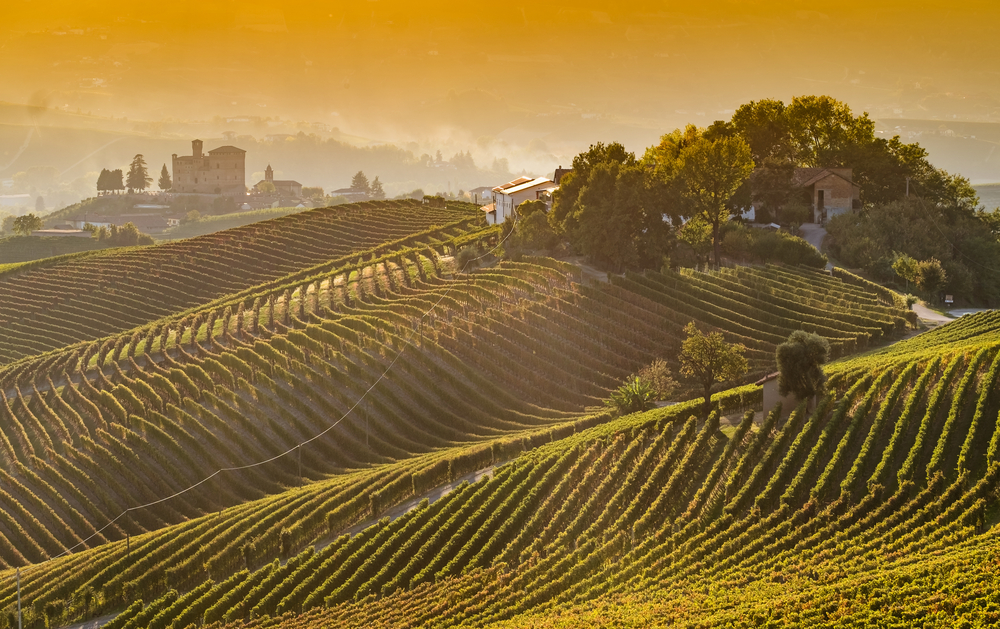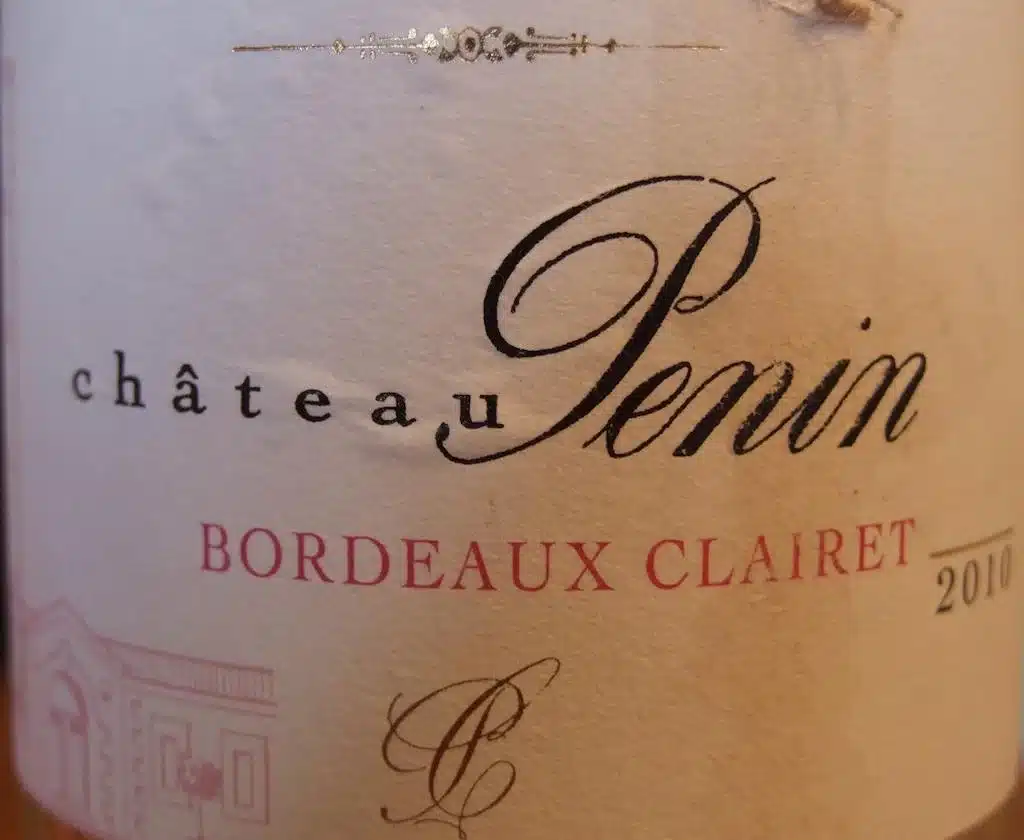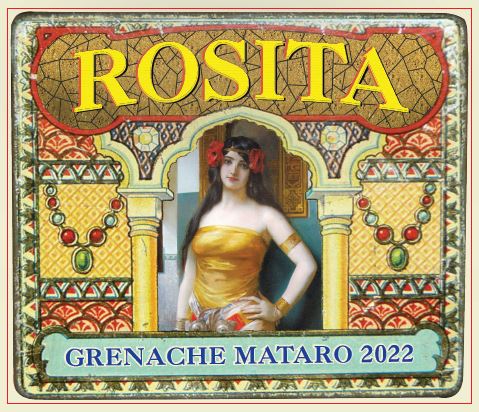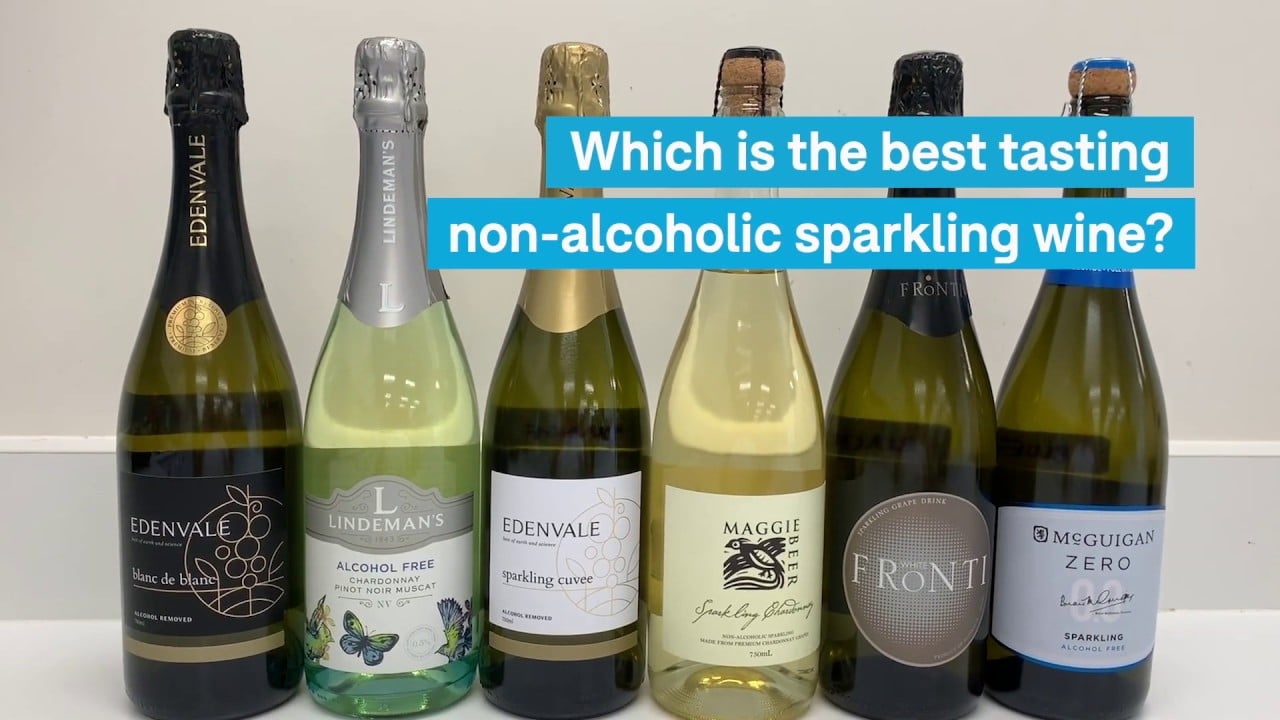Replanting old varieties combat warming as growers in Italy’s Piedmont region move further north and higher up mountains to escape hotter summers.
Some of the 500 near-forgotten, unfashionable varieties set up as a grape-vine museum by Italy’s National Research Council in 1992 are now being resurrected.
“We are growing varieties which risked being lost forever yet could now prove to be vital to the wine-growing future of this region,” Anna Schneider, who created the vineyard at Grinzane Cavour told the London Times.
“Sometimes the older types simply produced bad wine, or were vulnerable to parasites, not very productive or lacked a good colour,” said Schneider.
Others were deemed too acidic — but today, as rising heat reduces the necessary acid in grapes, that has become a virtue.
“We have a long-forgotten grape called Liseiret, a parent of chardonnay, which used to be common in France, Italy and Germany but has now almost vanished,” Schneider said. “When we first grew it 20 years ago it was too acidic, then but then we regrew it recently and it is now a very interesting candidate for use in spumante.”
Another acidic variety, Becuet, which once grew in the Val di Susa valley in Piedmont, is also getting a second chance.
This oenological innovation at Cavour would surely have been applauded by Camillo Benso, Count of Cavour, the first Prime Minister of the Kingdom of Italy.
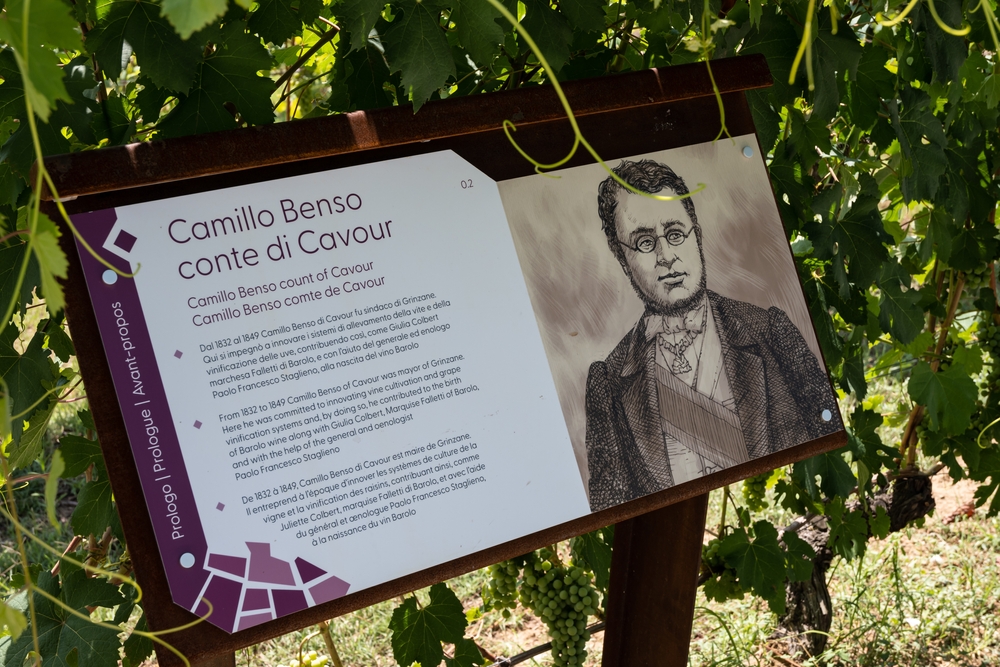
It is to Cavour, according to the website Italian Delights, that Piedmont owes the success and prestige of Barolo!
The wine from Langhe was already known in the middle of the eighteenth century and it was even appreciated by one of the future presidents of the United States, Thomas Jefferson. However, it was not exactly like the wine we know today, in fact, it was a sweet and sparkling wine because it was not yet known how to transform into alcohol all the sugars contained in the must.
And it was Cavour himself who gave it its modern aspect, as in 1840 he asked for the advice of a great French enologist, Count Louis Oudart, who improved the fermentation technique, creating a more dry and long-aging wine.
Legend has it that the Count exploited the “charm” of Barolo by sending several cases to Napoleon III… perhaps it was thanks to this wine that the Emperor decided to support the cause of Italian independence.

